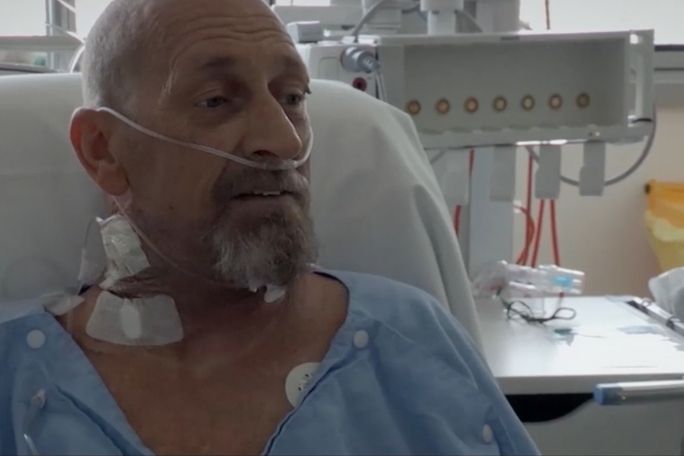Lesson summary
Students will investigate the urinary system and learn about kidney function as they follow the story of Kate from the documentary film Dying to Live, who is suffering from kidney failure. Teachers will lead students through a range of visual and written resources, videos and role play to explicitly teach the anatomy and physiology of the kidneys and urinary system. Students will also apply their understandings to model impaired kidney function and dialysis and investigate real-world issues related to kidney transplants.
Learning intentions:
Students will...
- know and understand the anatomy and physiology of the urinary system, and how it is important for general health
- understand the responsibility of the kidneys to remove waste products from the blood and control other functions
- be able to use practical activities to model healthy and impaired kidney function
- be aware of organ and tissue donation and understand the role they play in the process
Success criteria:
Students can...
- recognise and label the human urinary system as well as the basic structure of the kidney and nephron
- recall the filtering process of the kidneys, using appropriate terminology
- apply their understanding of kidney function to explain how damage to the kidney can cause reduced function
- understand the general process of dialysis and kidney transplantation
Lesson guides and printables
Lesson details
Curriculum mapping
Australian curriculum content descriptions:
Year 8 Science:
- Multi-cellular organisms contain systems of organs carrying out specialised functions that enable them to survive and reproduce (ACSSU150)
Year 9 Science:
- Multi-cellular organisms rely on coordinated and interdependent internal systems to respond to changes to their environment (ACSSU175)
- Values and needs of contemporary society can influence the focus of scientific research (ACSHE228)
Syllabus outcomes: SC4-14LW, SC5-14LW, SCLS-17LW, SCLS-18LW, SCLS-19LW, SCLS-20LW, SCLS-21LW
General capabilities: Literacy, Ethical Understanding, Personal and Social Capability
Relevant parts of Year 8 achievement standards: Students analyse the relationship between structure and function at cell, organ and body system levels.
Relevant parts of Year 9 achievement standards: Students analyse how biological systems function and respond to external changes with reference to interdependencies, energy transfers and flows of matter. They describe social and technological factors that have influenced scientific developments and predict how future applications of science and technology may affect people’s lives.
Unit of work: Dying to Live – Science – Year 9
Time required: 80 mins
Level of teacher scaffolding: Medium – lead students through explicit teaching, discussion and a role play activity
Resources required
- Student Worksheets – one copy per student (or device to access electronic copy)
- Teacher device to project images and present videos
- Lesson Presentation: Kidneys (optional)
- Label Your Kidney Worksheet – one per student
- Stages of Kidney and Nephron Functions factsheet
- Venn Diagram Factsheet
Skills
- Collaboration
- Communication
- Critical thinking
- Ethical understanding
- Social skills
Additional info
Dying To Live is a documentary feature film that examines organ and tissue donation and transplantation in Australia through seven different stories that highlight the social, physical and emotional effects of being on the organ donor waiting list. The film also aims to dispel myths about organ and tissue donation while encouraging family conversations so that family members are aware of their loved ones’ donation intentions. Find out how to screen or view the film here.


Welcome back!
Don't have an account yet?
Log in with:
By signing up to Cool.org you consent and agree to Cool's privacy policy to
store, manage and process your personal information. To read more, please see
our privacy policy here(Opens in new tab).
Create your free Cool.org account.
Many of our resources are free, with an option to upgrade to Cool+ for premium content.
Already have an account?
Sign up with:
By signing up to Cool.org you consent and agree to Cool's privacy policy to
store, manage and process your personal information. To read more, please see
our privacy policy here(Opens in new tab).